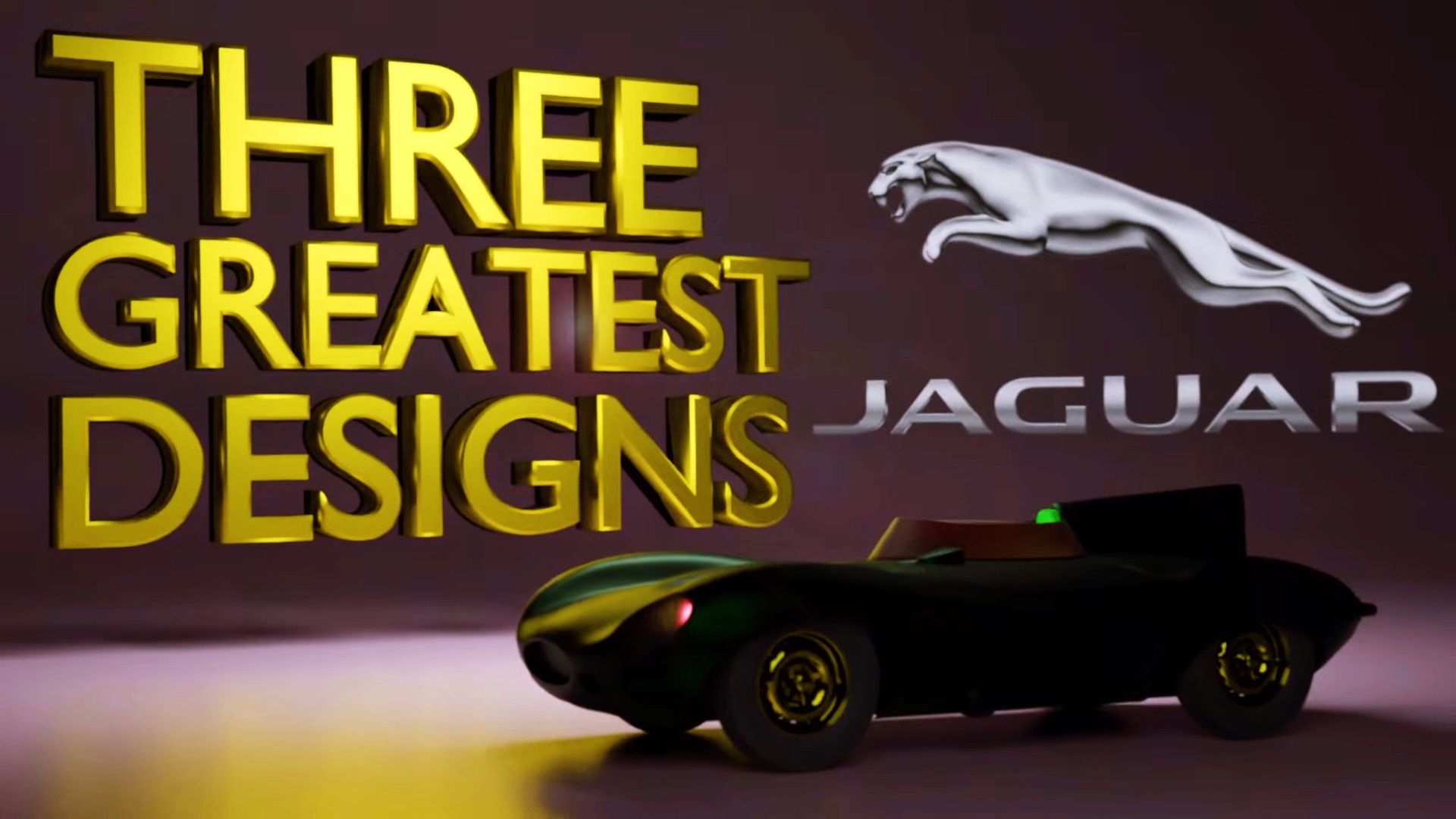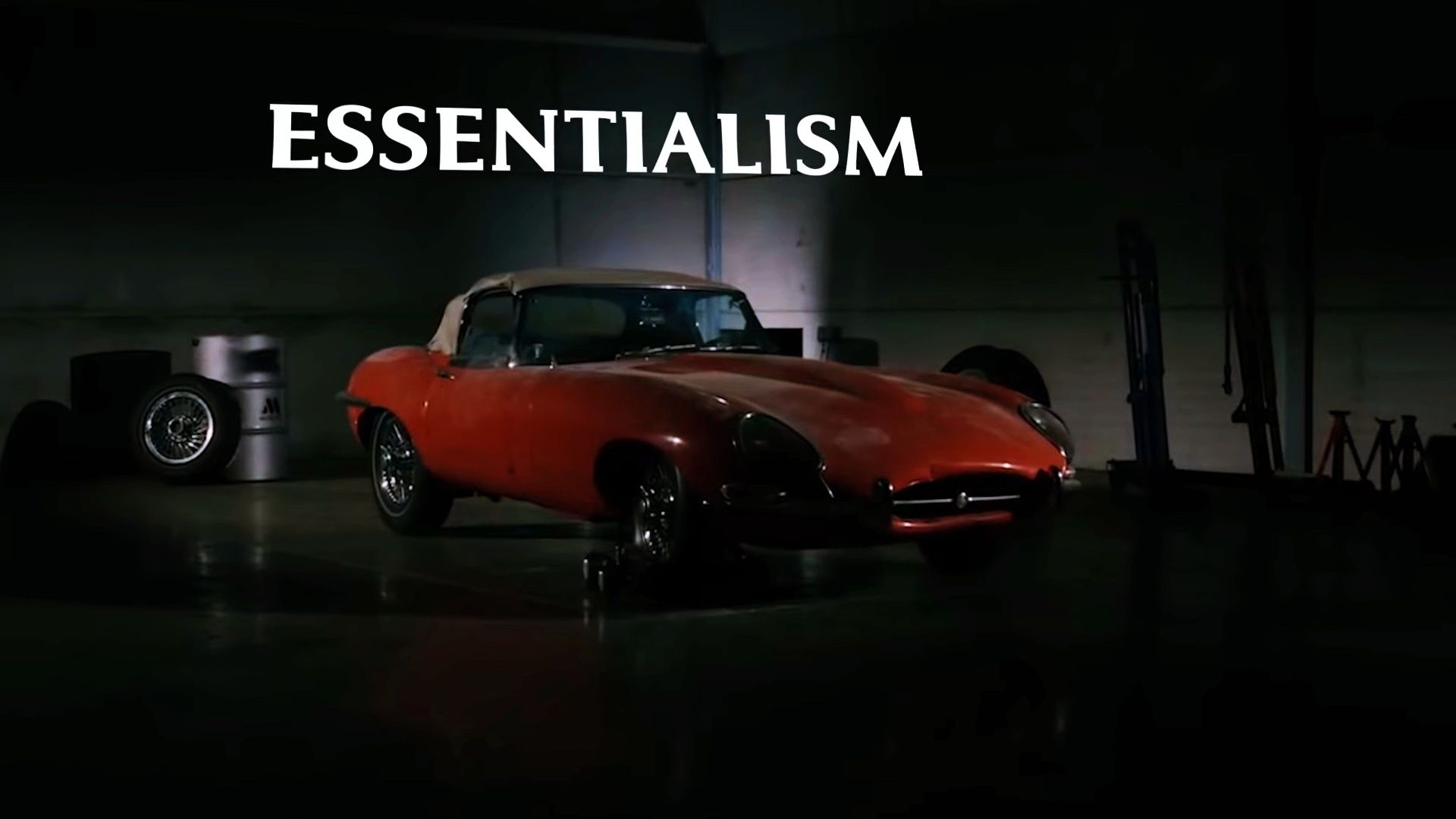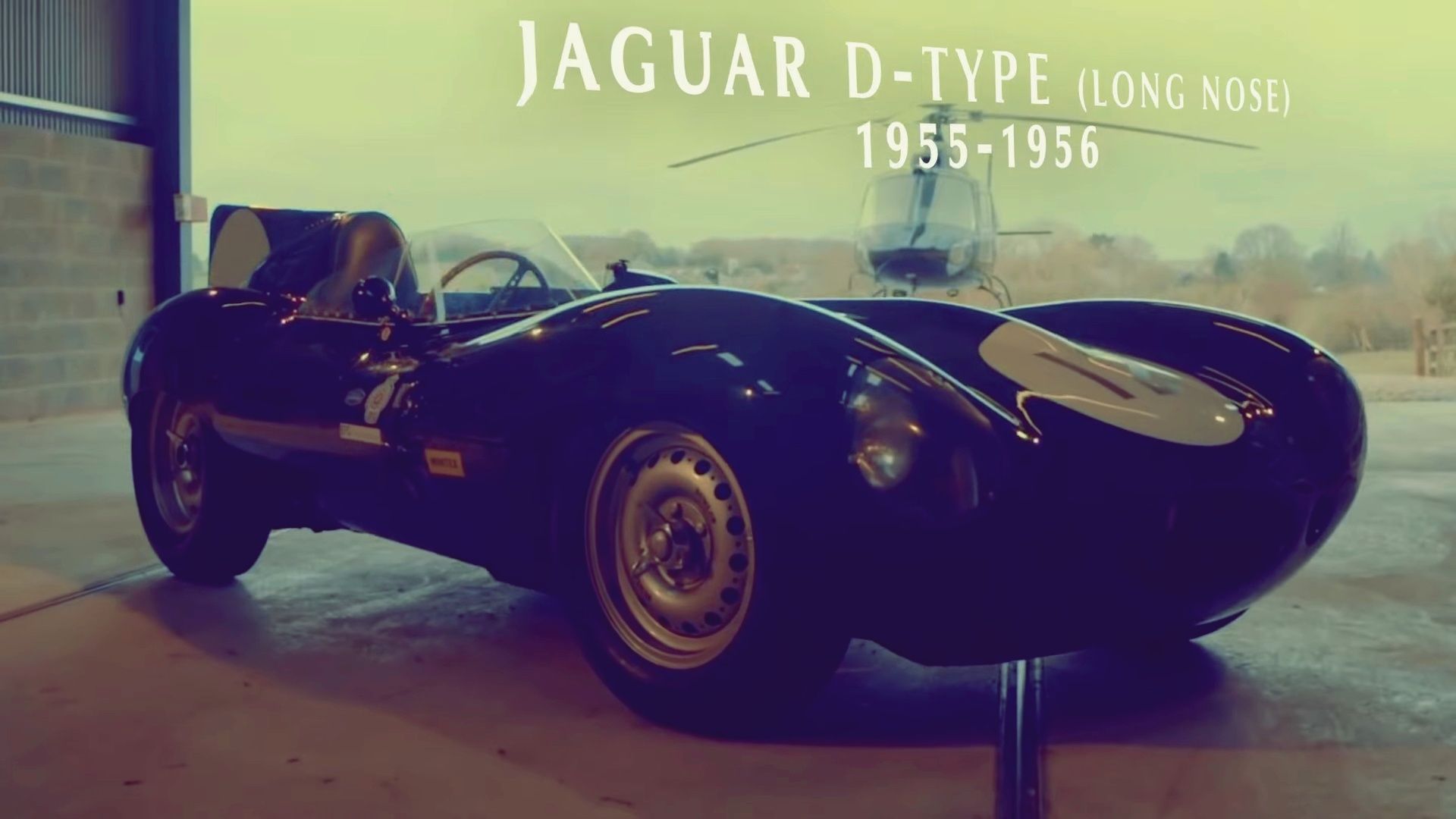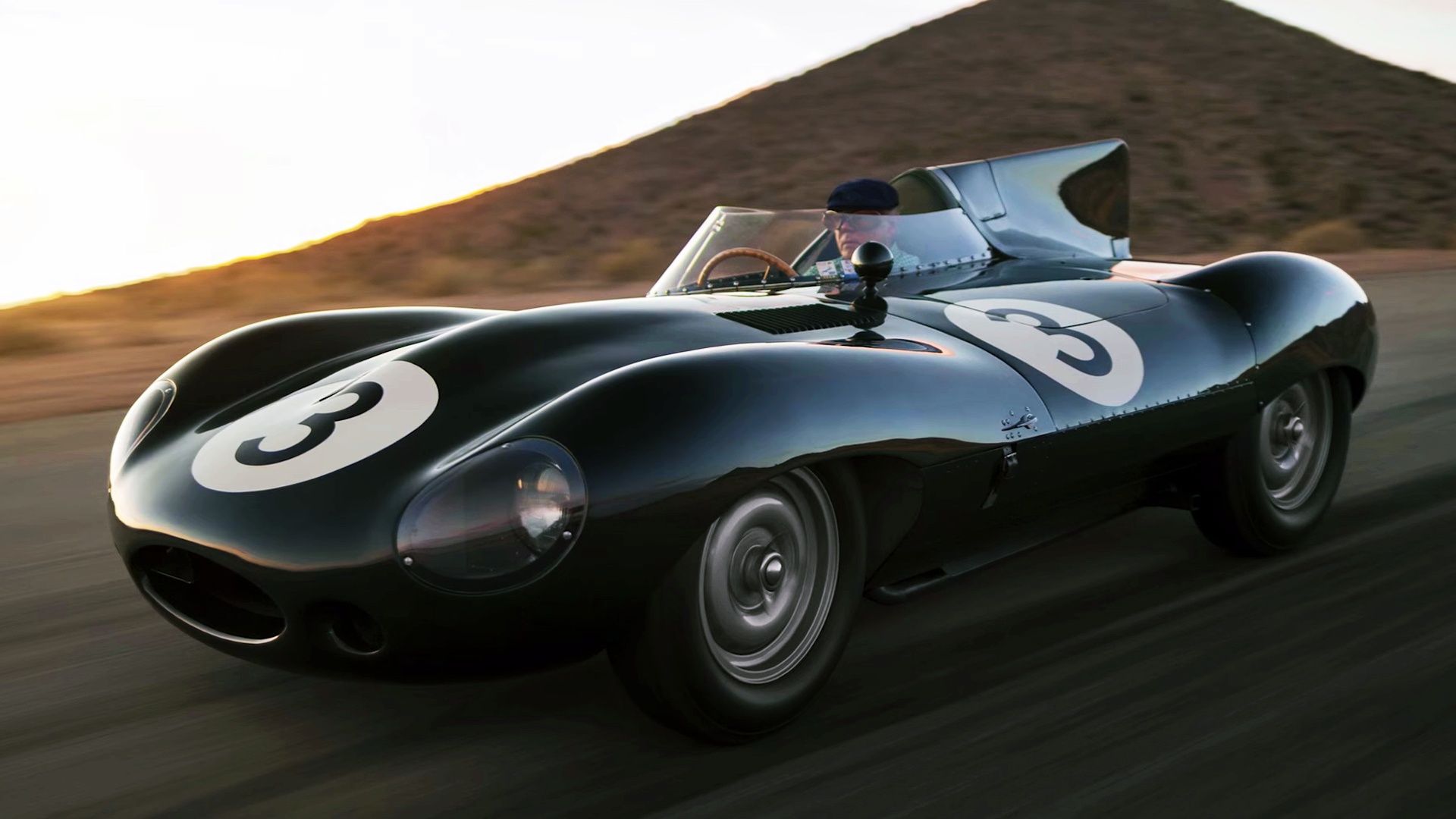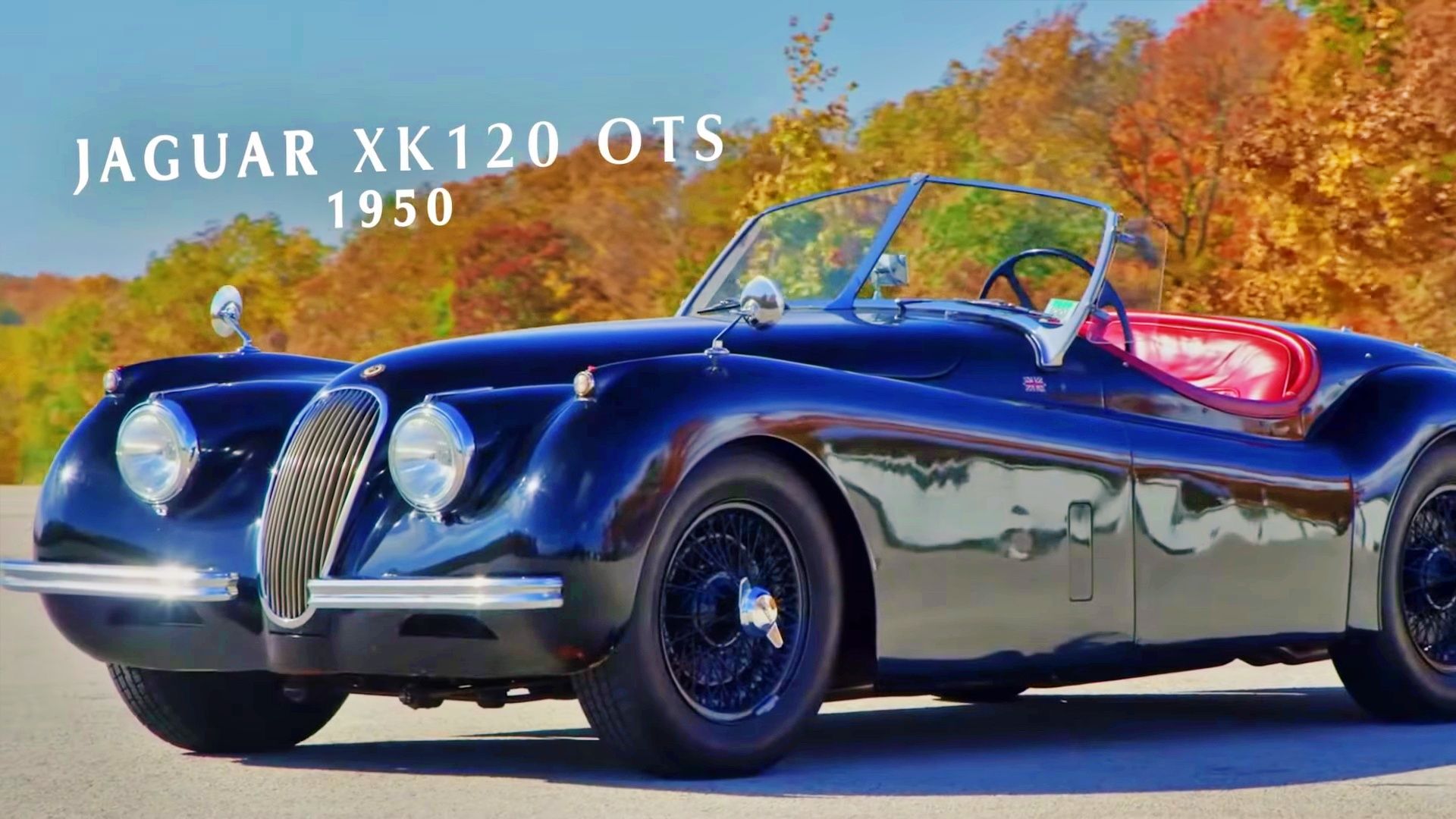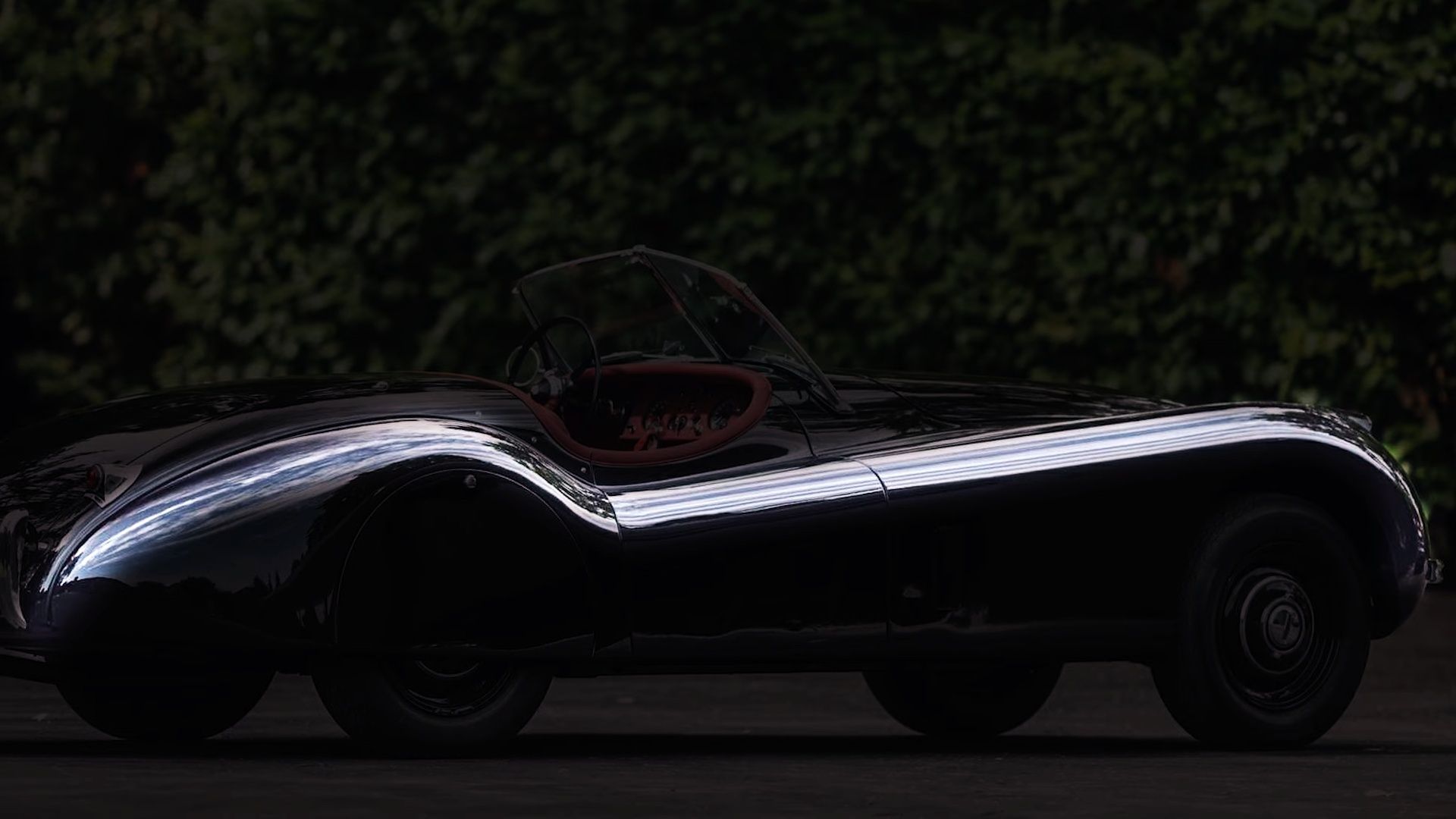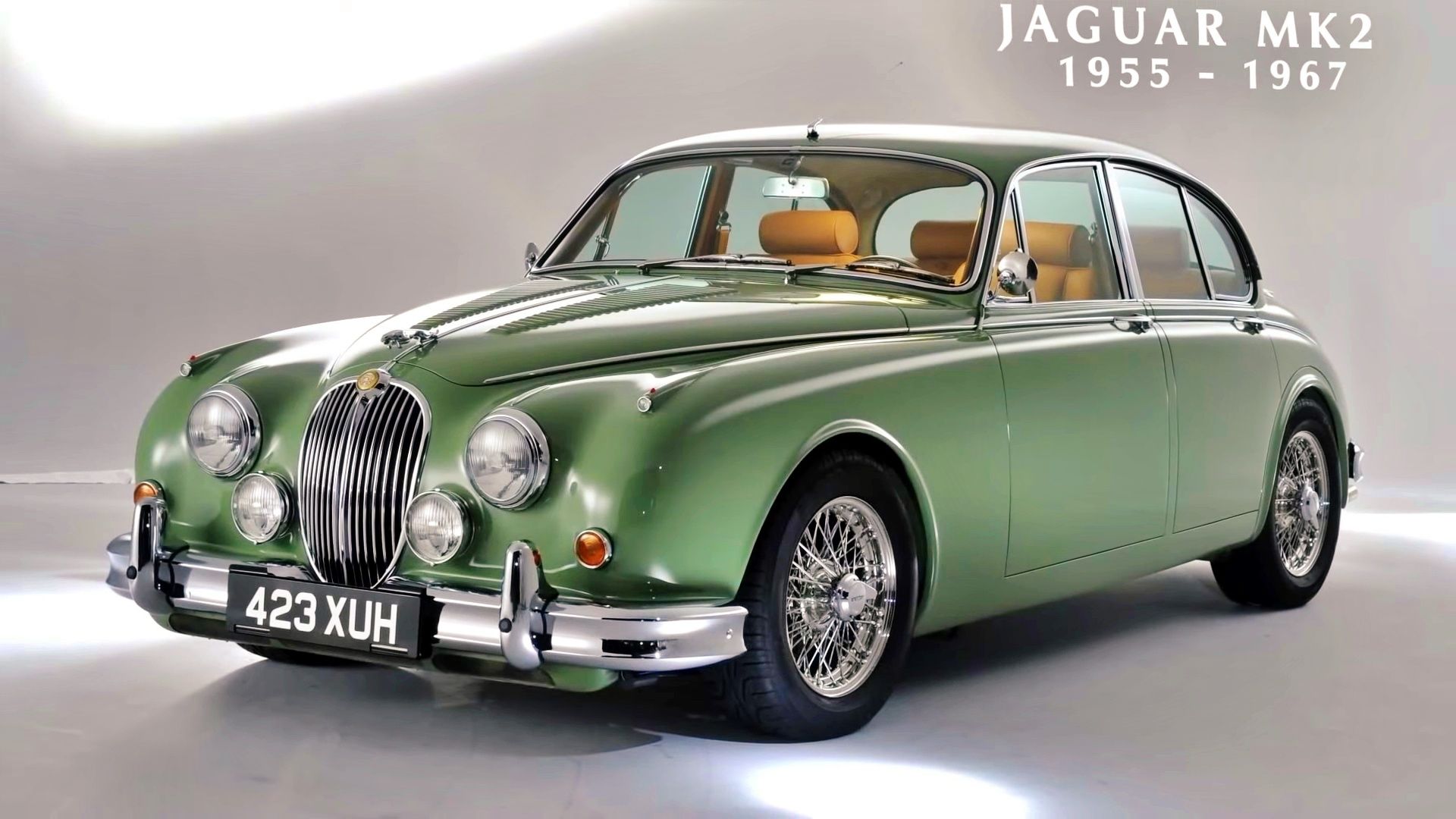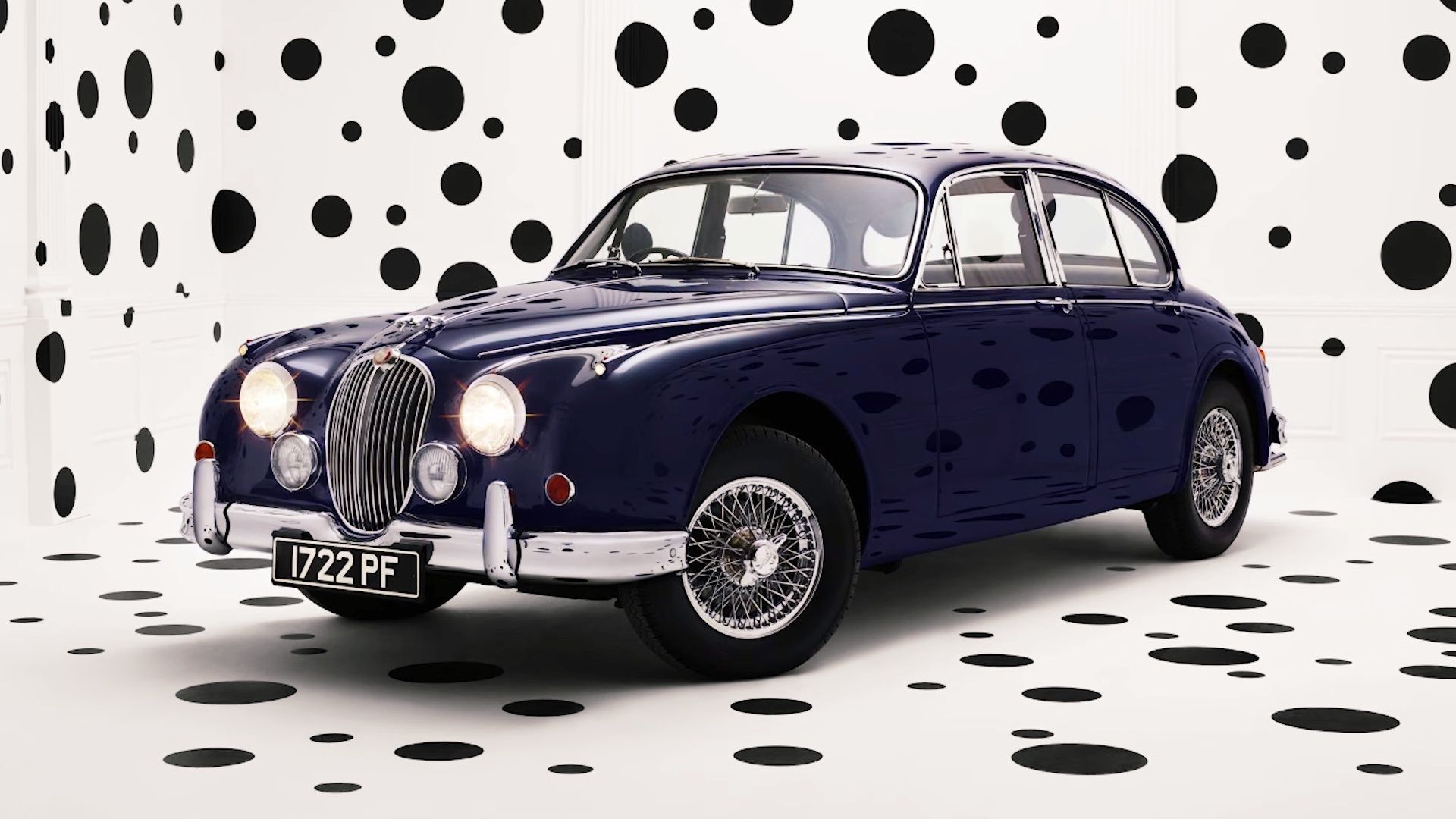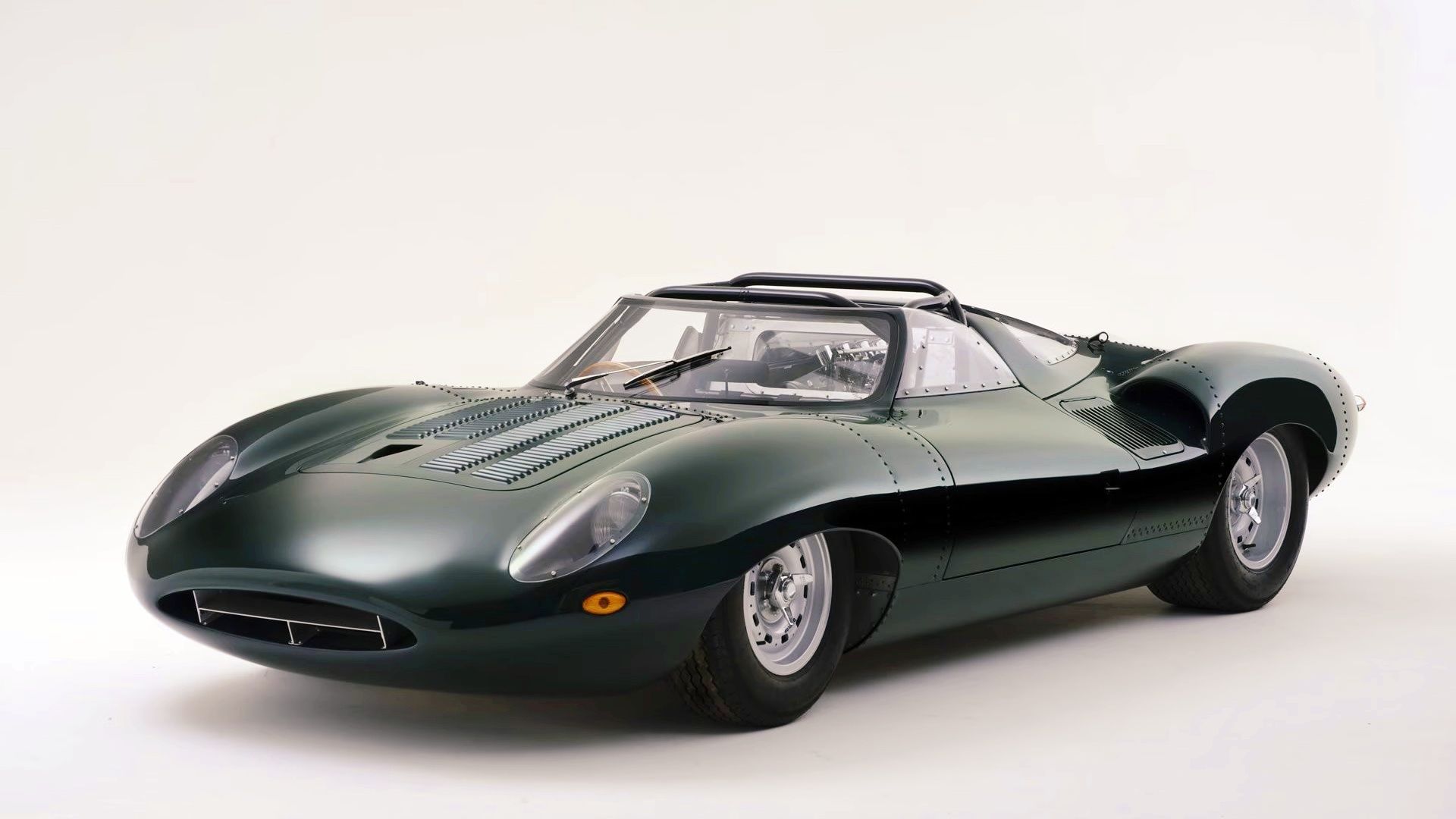Automotive designer Frank Stephenson uses his YouTube channel to provide competent judgments and interesting ideas that help expand our knowledge on aesthetics and car design. In his latest video, he discusses the three models from one of my favorite car brands of all time, Jaguar.
It was a treat to watch as the designer goes over some stunning examples that hark back to the brand's glorious past. However, before listing out these cars, he first gives us the three cornerstones that define Jaguar's design and stylistic decisions, which describe both the brand's past and present models.
A Car Brands Design Ethos
According to Frank, there are three pillars that define a car brands ethos or identity are
-Agile & Athletic
-Intimidating yet Un-aggressive
-Essentialism
The Jaguar identity is thus based on the concept of agility and athleticism, which is evident in the lines of its cars, which are dominated by strong lines that delimit clean and streamlined surfaces, a concept that goes hand in hand with the second point that characterizes the design of the brand, namely that it is intimidating but not aggressive, just like the animal from which it is derived.
The essentialism that distinguishes the automobiles of the past and present, that are always crisp and elegant in their lines, with no details out of place, is the third element, that builds upon the first two points. But which Jag’s make it on the list of the American designer's top three? Well, let’s find out.
1954 D Type - Long Nose
The first car nominated is the Jaguar D-Type Long Nose, which was manufactured in the mid-50s, and was planned and engineered to win at Le Mans, which it did. The car was primarily designed for speed and to be as aerodynamically efficient as possible, resulting in lines that appear to have been drawn by the wind, giving the car a timeless shape, where form really did follow function.
If you recall, the D-Type really was an evolution of the C-Type that came before it, albeit with that giant fin, which was a functional element. But this iconic feature transformed the D-Type into one of the best-looking and distinctive Jaguars of all time. Some of the details on these classic Jags are truly exquisite and for me personally, given the pedigree of the D-Type, it’s got to be my favorite Jaguar.
Jaguar XKS120 OTS
Next, Frank went over the Jaguar XK120, specifically the OTS (Open Two Seater) version, which was made in 1950 and had no roof. This model fully represents the three key characteristics already discussed earlier, and it served as the foundation for all subsequent XKs that followed.
The flowing lines are a fantastic representation of 1950s sports design with an air of Art-deco design thrown in there as well. This was especially true with the car's bold shoulder line, which was reminiscent of cars at the time.
Jaguar MK2 Sedan
The third and final car on Franks's list is the Jaguar MK2 sedan or saloon if you’re British. This one car, according to Stephenson, symbolizes the iconic four-door design from the English manufacturer. It is the quintessential four-door Jag.
It’s an extremely elegant design that managed to blend the characteristics of other sporty Jaguars at the time into a humble sedan. One of the design elements on the MK2 that Frank highlights is that beautiful quarter panel behind the rear window, which he thinks could be based on the Fibonacci spiral. I recall first seeing the MK2 Jag on Top Gear, where Hammond did a film about it calling it the ultimate getaway baddies car.
Conclusion
In the end, as is customary Frank, has allocated the closing minutes of the film to three honorable mentions; nevertheless, we won't give any surprises and will leave it to you to discover them for yourself in the video below.
Watch Frank Stephenson walk us through the design of some of the most iconic Jag's of all time, in the video below


